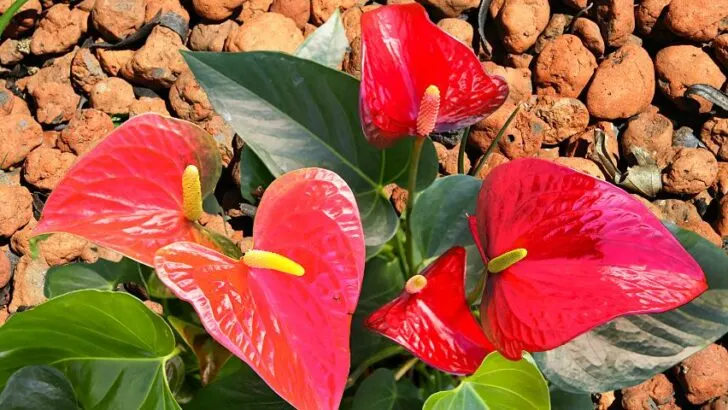Anthuriums can be grown in leca. I am growing most of my aroid plants, such as Monstera, Philodendron, and Anthurium in a grow tent.
In the tent is a semi-hydroponic system that stores water. The houseplants are in leca. Out of the three genera, I would say that Anthuriums grow best in this medium.
Table of Contents
Can Anthuriums be Grown in Leca?
Anthuriums grow exceptionally well in leca. The wicking abilities are great and ensure that the roots have constant access to water and nutrients. In addition, the balls allow for air pockets to form in between. The constant airflow to the roots is necessary to avoid root rot.
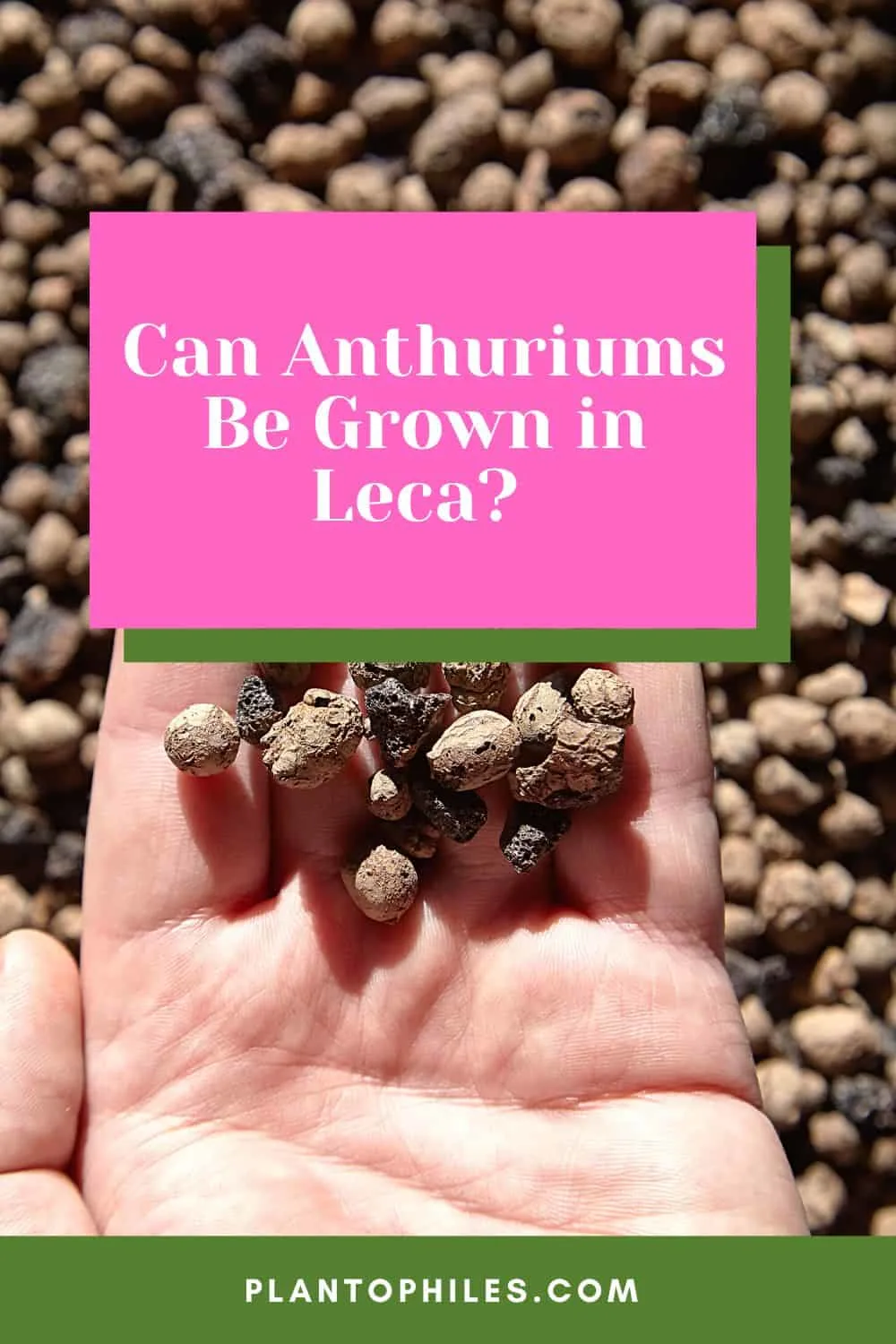
What is Leca
Leca stands for light expanded clay aggregate. It is a soilless growing substrate. Leca balls are made of baked clay. Clay is heated at 2192 °F (1,200 °C) to produce baked clay balls.
The clay pebbles have a pH level of 7. This is considered neutral. This growing medium is often used in passive hydroponic systems as water can be provided in a saucer or at the pot’s base.
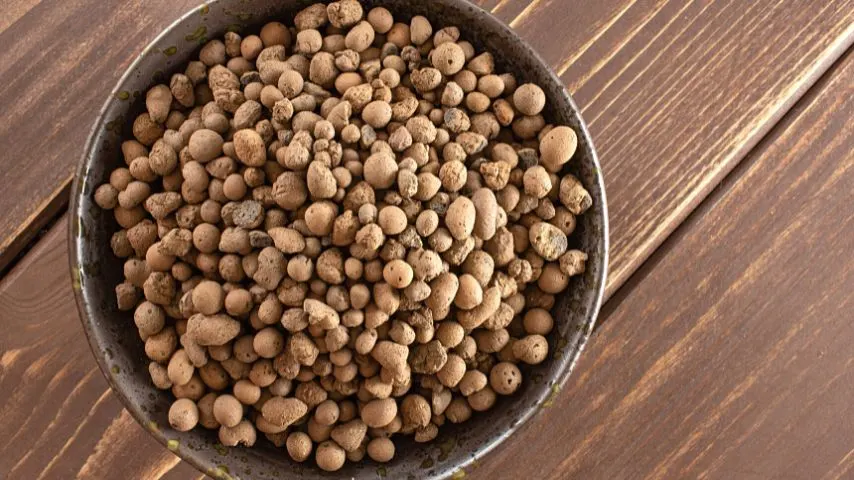
The clay then soaks up the water and passively uses the capillary effect to water plants.
Benefits of Using Leca for Anthurium
The main benefits of using leca for Anthuriums are:
- Better airflow to the roots
- Constant access to water and nutrients
- Fewer pests as leca are soilless
- The growing medium can be reused
- Neutral pH level suitable for all plants
- Less work is necessary as you need to water less
- Increases the humidity
- The dangers of overwatering are reduced
- Reusable
The Disadvantages of Leca for House Plants
- Frequent fertilization is necessary as leca can hold limited nutrients
- The amount of water to the roots cannot be controlled very well
- As most plants grow in the soil a transfer to leca is mostly necessary
- Plants need to change their soil roots to water roots when transferring
- Anthuriums may experience plant shock when transferred
- Expensive. The initial cost is high
Everything you Need to Know About How to Grow Anthuriums in Leca
To grow Anthuriums in leca, remove all the soil from the Anthurium plant. Use running water and make sure all the roots are free of soil.
Next, prepare and wash the leca.
Either wash it directly in the bag it came from or in a pot. Using a bag, you can make a few slits with a knife and run water through the bag.
Then get a net pot or pot with drainage holes. Add 2-3 inches of leca into the pot. Then take the Anthurium with bare roots and place it on top. Add more leca until the pot is full.
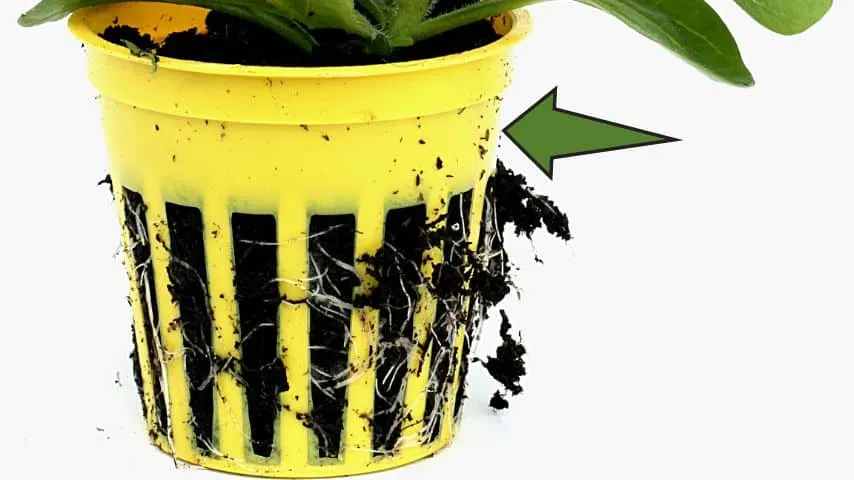
Now put the pot or net pot in a reservoir with water or a hydroponic system. You can also use a system with flowing water, such as an Ebb and Flow System or an NFT system.
Alternatively, you can use a passive hydroponics system.
Just ensure that the roots are above the water level. Otherwise, you risk root rot.
Nutrients
Houseplants need added fertilizer to thrive. Leca doesn’t have any nutrients.
As clay balls do not contain nutrients and can only hold on to little nutrients, an NPK fertilizer with Nitrogen, Phosphorus (P), and Potassium (K) are essential.
Fertilize at least once every four weeks in the growing season in spring and summer. And the change to once every two months, depending on the plants you are growing.
You can fertilize your Anthurium plants by adding fertilizer when you water your plant.
Watering
A great tip for watering plants in leca is adding sphagnum moss on top. Once the moss is dry, you know your water container is empty, and the plants need to be watered again.
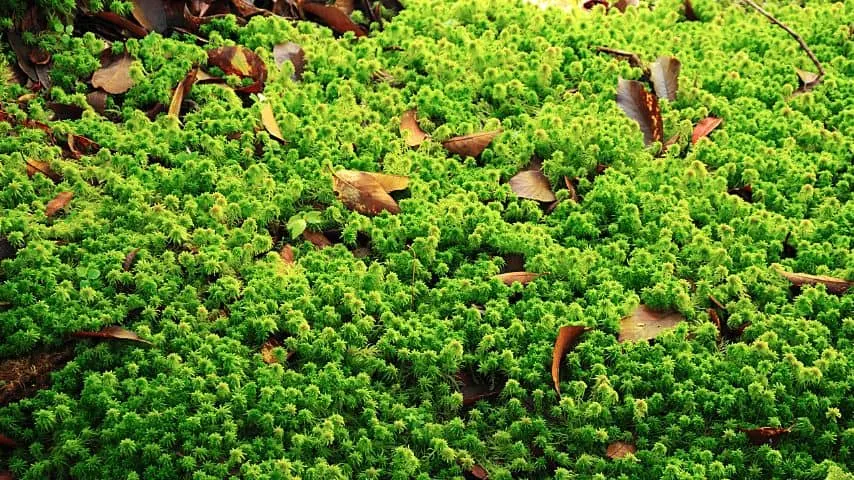
Overwatering using leca is almost impossible if the water level is below the roots.
If you use a container for watering, you must ensure there is always some water in the reservoir.
Semi-Hydro Growing Options For Anthuriums
Anthuriums Really Thrive in Leca
Anthurium care in leca is much easier than in potting mix. With potting soil, you need to ensure that the soil is neither too dry nor too wet. With leca, you only have to ensure that the water reservoir is never empty.
The biggest challenge is transferring Anthuriums from soil to leca.
Best Plants For Leca – Plants To Grow in Leca
The best plant for leca are plants that need ample water. Plants that require well-draining soil do well as clay balls are great for airflow to the roots.
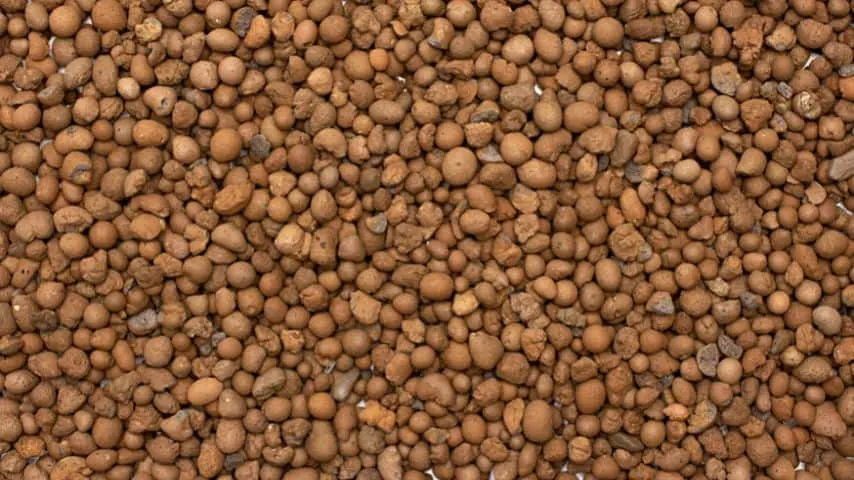
Aroid plants are ideal as they are often epiphytes. Epiphytic plants grow on trees, other plants, and objects and require little to no soil.
Some of the best plants for leca based on my personal experience, are:
- Monstera deliciosa
- Phalenopsis orchids
- Anthurium luxurians
- Anthurium magnificum
- Climbing Philodendron (Philodendron esmeraldense, Philodendron patriciae, etc.)
I discovered that crawling Philodendrons that grow on the ground such as Philodendron gloriosum and mamei do not do so well in leca. They have thin and finicky roots. Leca balls are often too big and provide little hold to such roots. I also had multiple cases of root and stem rot.
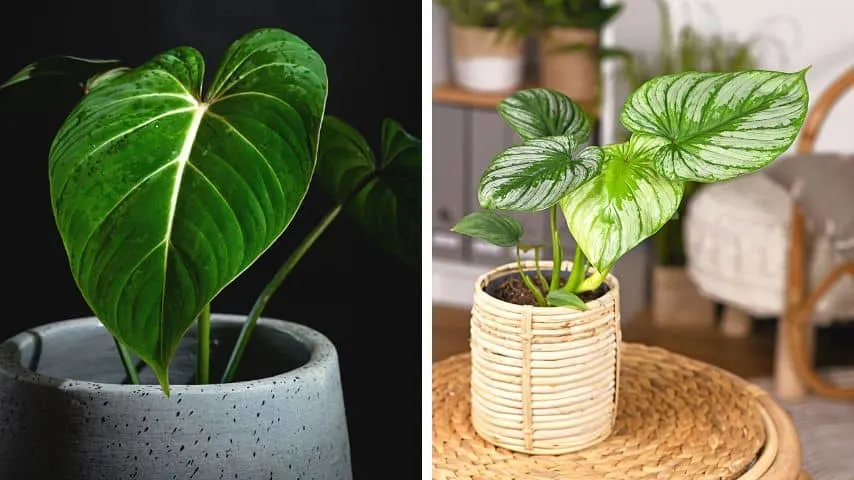
I, therefore, suggest using Aroid soil or lechuza pon for creepers.
Leca for Sansevieria and Philodendron
You can grow cacti and succulents in leca. The reason is that plants in clay balls absorb the humidity they need.
If plants such as Sansevieria need more humidity, they grow their roots larger to reach the water reservoir at the bottom.
Problems in Semihydro Growing
Root Rot
One of the most common problems growing plants in semi-hydroponics is standing water.
When the water stands for too long, it can go bad. In addition, roots can stay in water for too long. Standing water does not contain a lot of oxygen or air.
This can lead to bacterial and fungal problems. Plants with roots in standing water are prone to root rot.
Nutrient Deficiency
Another problem is nutrient deficiency. Healthy houseplants in lightweight expanded clay aggregate need liquid fertilizer every few weeks.
Leca does not contain any nutrients. If you do not fertilize, they can become nutrient deficient.
Hydroponics fertilizer is available in different brands. It is specifically made for hydroponic systems. As soil itself contains nutrients, soilless systems need additional macro- and micronutrients.
Salt Buildup
Water, as well as liquid fertilizer, contains minerals and salts. Over time minerals and salts start to build up. They build a white film and will start to clog roots. Roots can no longer take in any nutrients and water.
Therefore it is best to flush the leca balls every 3-4 weeks to remove any excess salts.
Algae
Algae can become a problem in the water reservoir and the pots. Most pots I am using are clear Orchid pots. When the sun is shining on the pots, algae start growing.
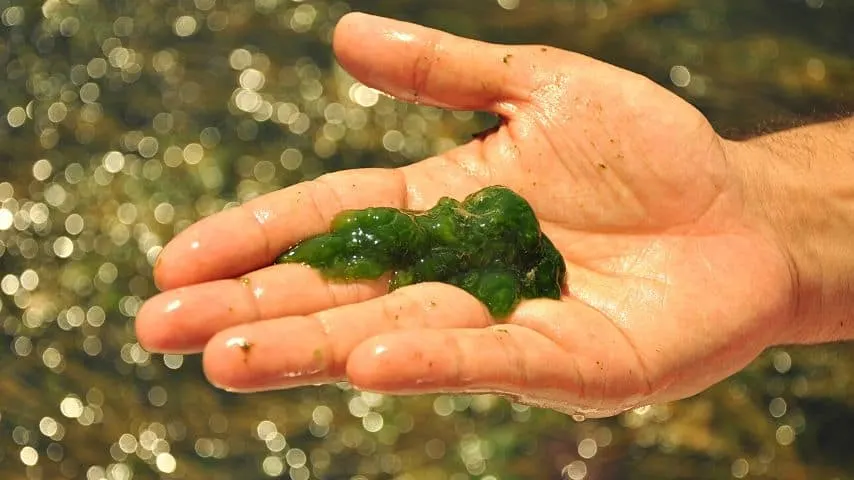
Alternative Growing Mediums
Peat
Peat has great water-holding capacity. It is a medium you can use for hydroponic growing.
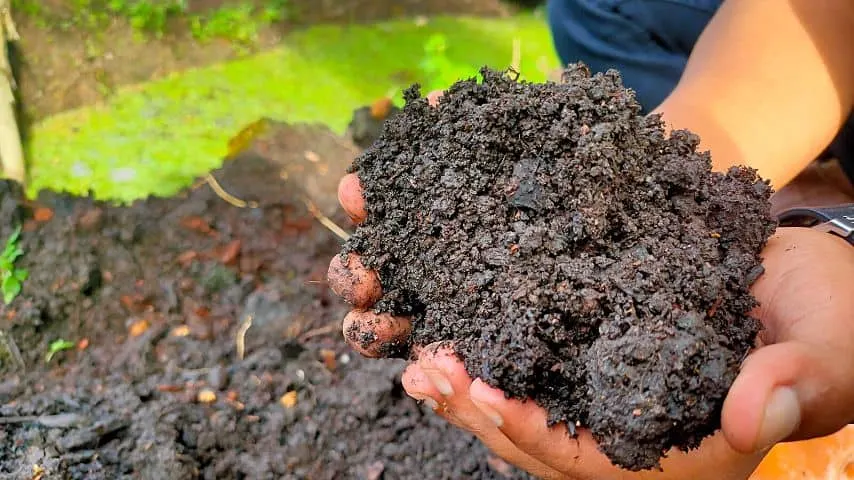
Plants such as seedlings grow quite well in pure peat. Peat is lightly acidic.
Perlite
According to Oklahoma State University, perlite is cheap and does not decompose. It has a neutral pH level. It is reusable.
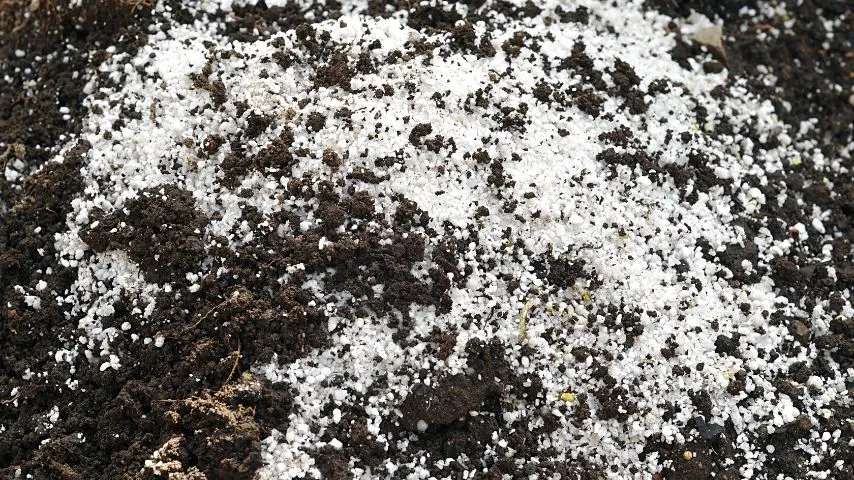
Coco Coir
Coco coir is an organic growing medium derived from coconut husks. Husk can hold six times its size in water.
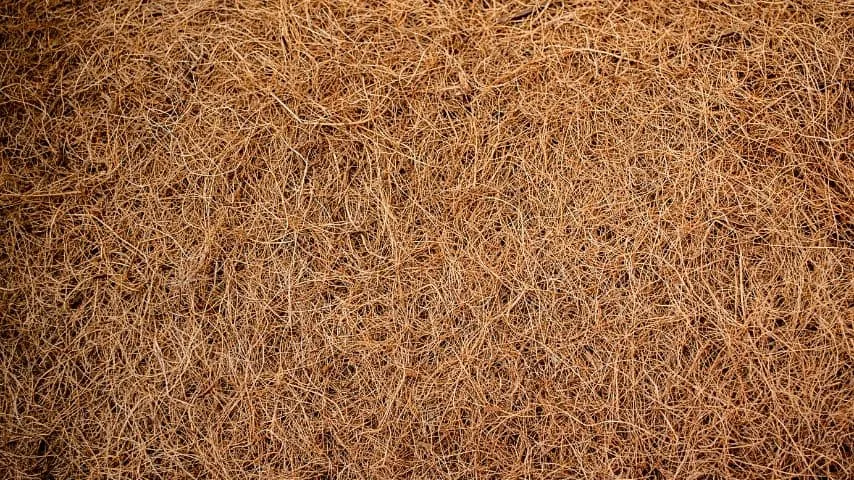
Vermiculite
Vermiculite is a mineral that has been baked at 2000°F (1093°C). It is often used in potting mix for seedlings.
Besides that, it can be used as a growing medium in hydroponics.
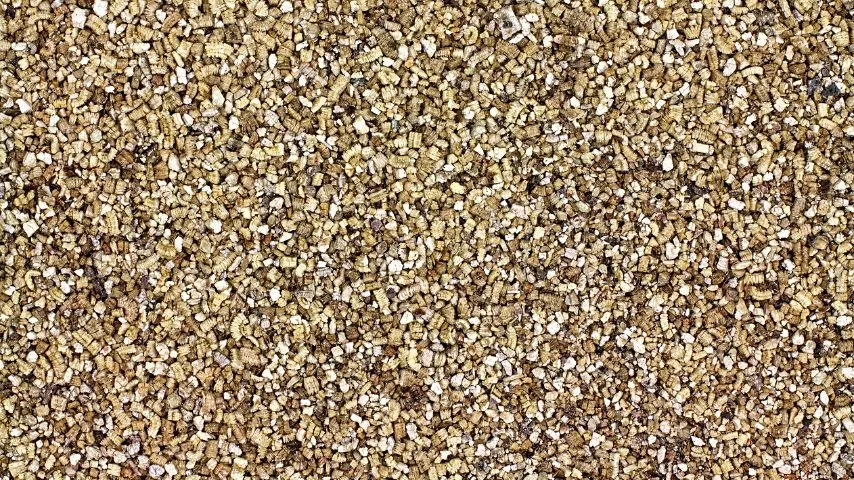
Soil
Soil is the classic medium for growing plants. It cannot be used for hydroponic growing.
The reason is that it holds too much water and is organic. Over time root rot develops if the soil stays too wet.
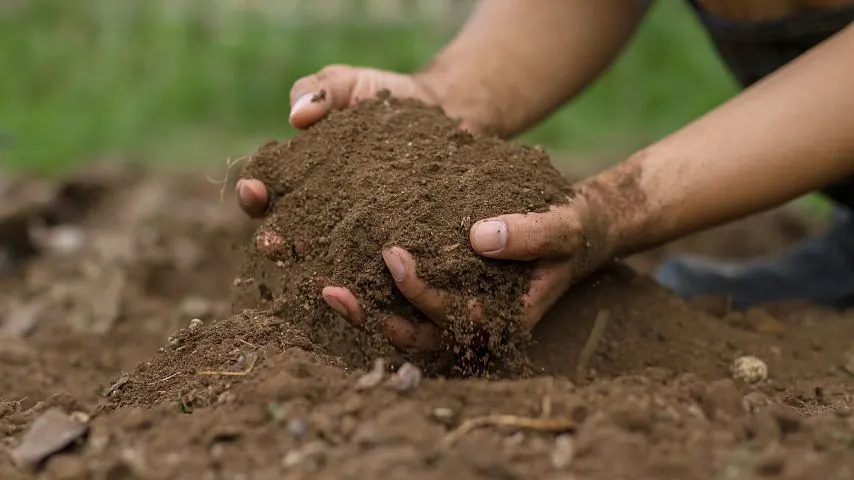
Frequently Asked Questions about Growing Anthuriums in Leca
Can You Grow Every Plant in Leca?
All plants can be grown in leca. There is no exception.
How to care for plants in leca?
When growing plants in leca ensure you are adding nutrients frequently. By using a water reservoir, you often need to water less often. In terms of lighting, you need the same amount of light. You can use a grow light or the sun.
How do I know that Anthuriums in leca need water?
A good indication is when no more water is in the water reservoir. If you want to know if the leca itself still holds humidity or not you can use some Sphagnum moss on top. Once the Sphagnum moss is dry your Anthuriums in leca need more water.
Is Leca better than soil for Anthuriums?
Leca is not better or worse than other potting mixes. Choosing potting medium often comes down to your personal preference. While the amount of water and humidity needed are important factors, there are always different potting mixes.

Daniel has been a plant enthusiast for over 20 years. He owns hundreds of houseplants and prepares for the chili growing seasons yearly with great anticipation. His favorite plants are plant species in the Araceae family, such as Monstera, Philodendron, and Anthurium. He also loves gardening and is growing hot peppers, tomatoes, and many more vegetables.

